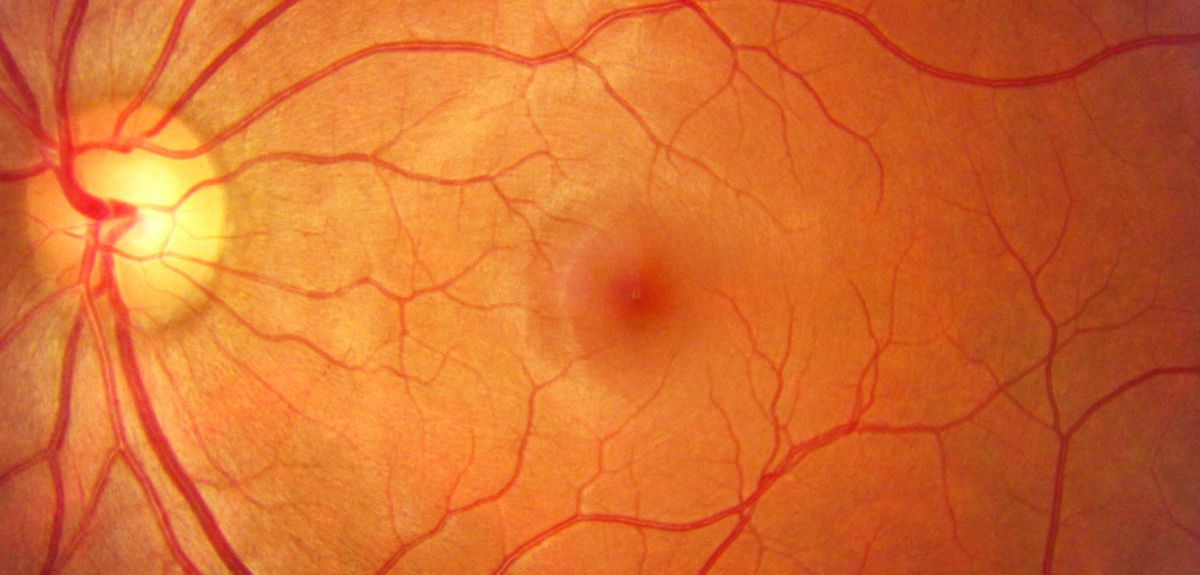
Image credit: Shutterstock
New trial for blindness rewrites the genetic code
Researchers have started a new gene therapy clinical trial to treat X-linked retinitis pigmentosa (XLRP), the most common cause of blindness in young people.
Retinitis pigmentosa is currently untreatable and leads to a slow and irreversible loss of vision.
The trial is being run by Nightstarx Ltd (Nightstar), a biopharmaceutical spinout company of Oxford developing gene therapies for inherited retinal diseases, and researchers from the University of Oxford. On 16 March 2017, a 29 year old British man became the first patient with X-linked retinitis pigmentosa to undergo gene therapy. The operation took place at the Oxford Eye Hospital, part of the Oxford University Hospitals NHS Foundation Trust.
Gene therapy uses a virus to insert the correct copy of a defective gene into cells, and has shown promise for treating genetic causes of blindness. Unfortunately, the gene involved with retinitis pigmentosa, RPGR, is highly unstable, making gene therapy particularly challenging. The RPGR gene’s unusual genetic code has made it very difficult to work with in the laboratory.
However, a research team led by Professor Robert MacLaren from the University of Oxford has reprogrammed the genetic code of RPGR to make it more stable, but in a way that does not affect its function. This has allowed the gene to be delivered reliably by a viral vector into retinal cells.
The current trial is the first in the world to test a treatment for retinitis pigmentosa caused by RPGR.
Robert MacLaren, Professor of Ophthalmology at the University of Oxford, who is leading the trial said: 'The effect of RPGR-related disease on families with retinitis pigmentosa is devastating and we have spent many years working out how to develop this gene therapy. Changing the genetic code is always undertaken with great caution, but the new sequence we are using has proven to be highly effective in our laboratory studies.
'The genetic code for all life on Earth is made up of four letters – G, T, A and C. In RPGR, however, half of the gene comprises only two letters – A and G. This makes the gene very unstable and prone to mutations, making it a lead cause of blindness in patients with retinitis pigmentosa. RPGR is vital for the light sensitive cells at the back of the eye.'
The trial has started at the Oxford University Hospitals NHS Foundation Trust and is sponsored by Nightstar, a University of Oxford spin-out company. It is supported by the NIHR Biomedical Research Centre at the Oxford University Hospitals NHS Foundation Trust. Up to 30 patients will be enrolled.
David Fellows, Chief Executive Officer of Nightstar remarked: 'We are delighted to report the advancement of this exciting gene therapy program into patients. If successful, this gene therapy has the potential to transform the lives of many patients (and their families) around the world.'
Dr Aniz Girach, Chief Medical Officer of Nightstar commented: 'The current trial is an open-label dose-escalation study designed to enrol at least 24 patients who will receive a single subretinal injection of the RPGR gene therapy. The primary goal of the study is to assess safety and tolerability of this gene therapy over a 12 month period.'
 New analysis of archaeological data reveals how agriculture and governance have shaped wealth inequality
New analysis of archaeological data reveals how agriculture and governance have shaped wealth inequality
 Cambridge victorious in Women's and Men's Boat Races 2025
Cambridge victorious in Women's and Men's Boat Races 2025
 Expert Comment: Ethical and legal challenges of uterus transplants in Mexico
Expert Comment: Ethical and legal challenges of uterus transplants in Mexico